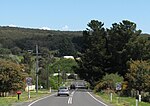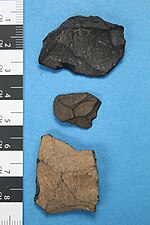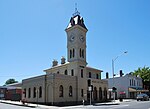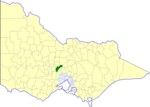Little Coliban River
Central Highlands (Victoria)Mallee geography stubsNorth-Central catchmentRivers of Grampians (region)Rivers of Loddon Mallee (region) ... and 3 more
Tributaries of the Murray RiverUse Australian English from October 2014Victoria (state) river stubs
The Little Coliban River, a minor inland perennial river of the north–central catchment, part of the Murray-Darling basin, is located in the lower Riverina bioregion and Central Highlands region of the Australian state of Victoria. The headwaters of the Little Coliban River rise on the northern slopes of the Great Dividing Range and descend to flow north into the Coliban River within the impounded Upper Coliban Reservoir.
Excerpt from the Wikipedia article Little Coliban River (License: CC BY-SA 3.0, Authors).Little Coliban River
Kyneton Springhill Road, Shire of Macedon Ranges
Geographical coordinates (GPS) Address Nearby Places Show on map
Geographical coordinates (GPS)
| Latitude | Longitude |
|---|---|
| N -37.290833333333 ° | E 144.39861111111 ° |
Address
Kyneton Springhill Road
Kyneton Springhill Road
Shire of Macedon Ranges (Kyneton South)
Victoria, Australia
Open on Google Maps






